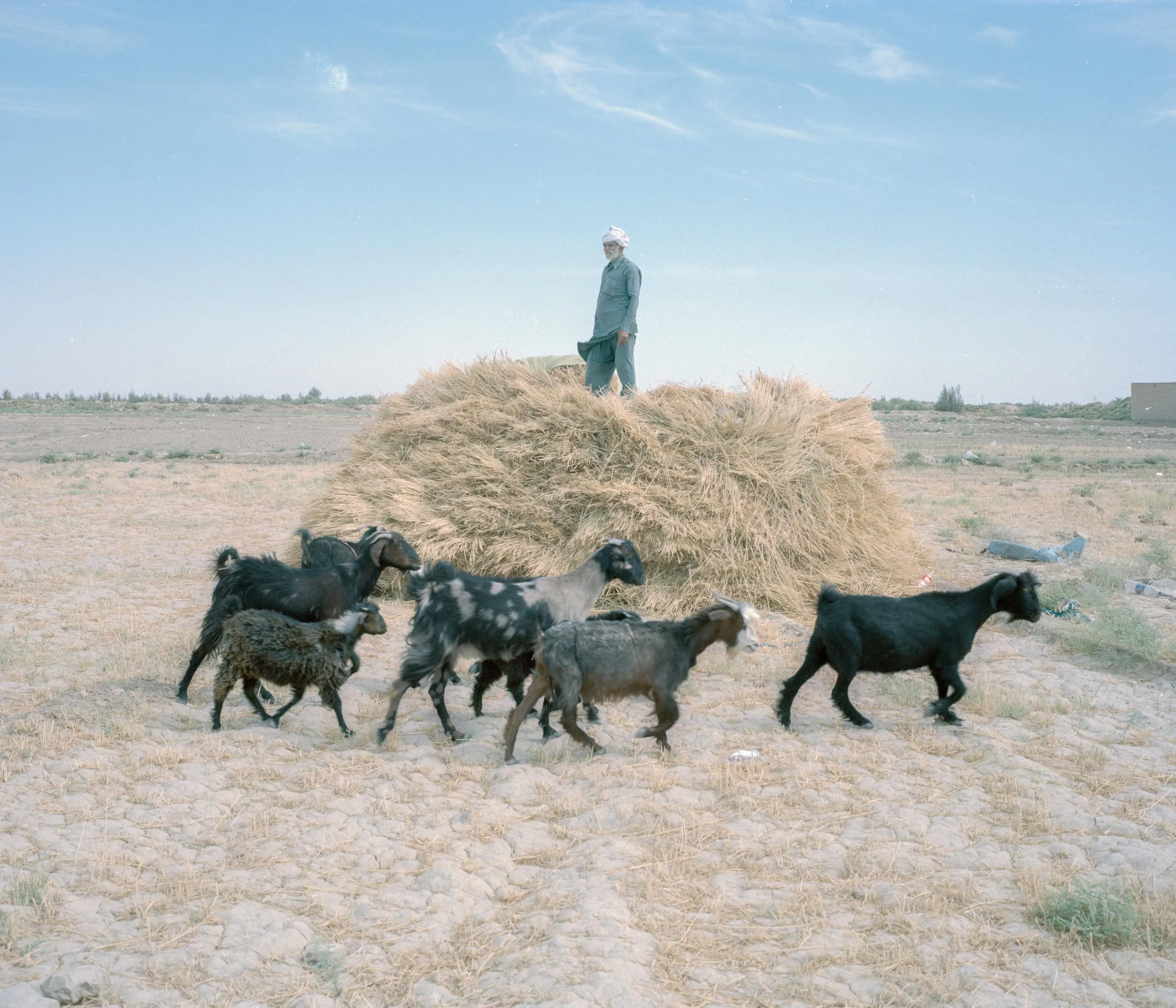Sistan and Balouchestan, the widest province in Iran, borders Afghanistan and Pakistan. In the past, Sistan was called the “depot of cereals” and as mentioned in the history, this barren land was once a green forest. Even in the near past, this land was rich and fertile, having abundant water, alluvial soil and a civilization that dates back to 5,000 years ago. Nowadays, the Sistan region has faced astonishing climate change, which has turned the area into an infertile desert empty of people. Drought, unemployment, and hopelessness for the future of this land have made a quarter of the population in Sistan migrate in recent years.
Sistan is now doomed to vanish and turn into a myth; it has turned into a barren land whose blood vessels have dried. The cracked arid land of the Hamun Lake is similar to a corpse covered with dust and has gone into a deep sleep as if it has never been alive. Hamun, one of the reservoirs in Iran, was the seventh largest international lagoon and the largest freshwater lake in Iran but now there is nothing left from it except a barren land in which nothing can be found except soil, which can be seen in line with the horizon.
Sistan is now regarded as the land of forgotten and exhausted people; it’s the land of people whose voices have not been heard so much that they have become silent and with little hope, they are trying in the dried and silent wilderness to make their villages and cities alive.
How to View
During the day, the installment can be viewed on monitors inside the ICP Museum and during evening hours, images are literally “projected” onto the windows of the ICP Museum; they can be viewed from the sidewalk outside the Museum and are most visible after sunset. Learn more about Projected.
About the Artist
Hashem Shakeri is an artist, photographer, and filmmaker who lives in Tehran. One of his major concerns is the psychological investigation of human relationships in the contemporary world. By capturing restlessness, perplexity, and social struggle in the modern capitalist world, he records the optical unconsciousness of the society and provides a universal narrative form with a personal insight.


